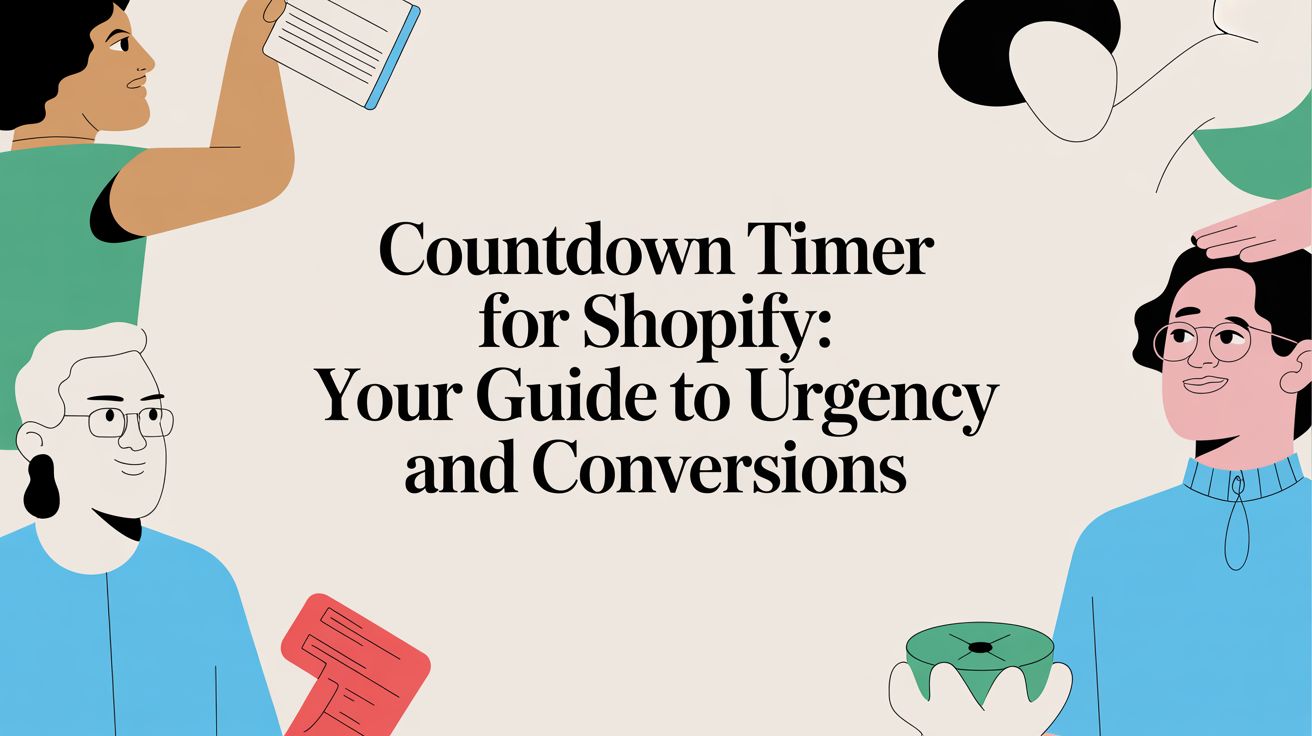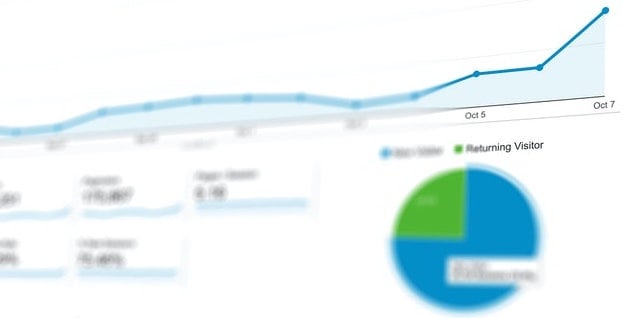
How data analytics can impact your B2C marketing goals

Aspiring to set clear, effective marketing goals that lead to high conversion rates is great, but there’s one thing you have to do first: look at the data.
While goals are enticing and necessary for the betterment of your brand, we spoke with two experts who say analytics are the first step in determining your brand’s next steps. Laurel Mintz, founder and CEO of Elevate My Brand a digital marketing and live events agency, and Jahmar Gale, founder and CEO of All About the Data, a community and podcast for data professionals, talked to us about how data analytics are the foundation of any strong marketing goal and how they lead to higher conversion rates.
The importance of first- and second-party data for marketers today
“As marketers, we look at analytics without even knowing that we’re looking at data analytics. If you’re running an ad campaign and you’re looking at the way the ad is performing, you’re looking at the demographics like the age group [and] the gender… you see who your audience is and where they’re located, you can then tell what area is your biggest market, but without analytics it just looks like a whole bunch of web traffic and you won’t know how to monetize it and make it work in your favor,” said Gale.
There are a lot of ways to collect data. You may have used traditional forms, such as running paid media, motivating loyalty programs sign-ups or encouraging survey participation. Newsletters, giveaways and contests are also trusted options for brands. Many of these marketing strategies are based on first-party data, a collection of information that is increasingly growing in importance.
“With third-party cookies getting ready to phase out, first-party data and second-party data now becomes more important. First-party data, when your consumer is granting you information and signing up for your email list or taking a survey, is data from your audience filled with people who are actually interested in the message you’re putting out, and you’re able to have direct contact with them,” said Gale. “An ad campaign is sort of like going fishing, you’re promoting to everyone hoping that you catch something, but when you have data you know exactly where your information is going.”
Many of the marketing tools we see using first-party data often come with some sort of reward attached in an effort to incentivize consumers to make a certain decision. Loyalty programs come with points; giveaways and contests come with prizes…you get the idea.
While many of your conversion goals can be reached by incentivizing customers with a tangible reward, Gale suggests focusing your efforts on serving your audience with value they can feel.
“It doesn’t always have to be something that you give back physically, it can just be something valuable like engaging content. What is your target audience and what is something that they want to know?” asked Gale. “There’s actually a book I’m reading [by Bernhard Schroeder], and he talks about focusing on your audience’s heart instead of their pockets; I think if we take that approach you can get anything you want from them because they’re going to see that you actually care and you’re not just trying to sell them something.”
Marketers should start with the data
Making the sales you’re hoping for will eventually come if you concentrate on your marketing strategies. It’s all about having a clear point of direction, taking the time to develop a blueprint and outlining a realistic strategy.
“Lots of brands come to us and say, ‘Here’s our sales goals,’ and we have to stop them and remind them that marketing is top of funnel, it’ll eventually drive those sales, but there are micro-moments along the way to that conversion or sale or KPI that allow us to see successes over time,” said Mintz. “If your first thought is, ‘Oh, we need to make X amount of dollars,’ then you’ve missed the boat entirely.”
For Mintz, defining marketing goals is all about creating metric-driven baselines that give you a point of direction to work off of. She says only then can a brand truly know what they’re dealing with and go forward accordingly — otherwise it’s guesswork.
“The data gives you a starting point to go off of. It shows you where you are, you can’t argue with numbers — this is your traffic, these are your open rates, these are your click-through rates, these are your engagement rates. Those are indefensible,” said Mintz. “It’s not just us saying, ‘We think, we feel,’ it’s us saying, ‘Here you are on all these channels, here’s your actual live numbers, here’s the brands that you want to be leap-frogging ahead of, and therefore here’s what your scope needs to look like in order for you to reach the goals you have,’ said Mintz.
Having data in front of you allows you to tangibly see how your marketing channels are performing and how you should be amplifying your efforts in the future. If your web traffic suddenly goes down, having data to look back on will help you pinpoint if the issue was due to the ads you posted, the copy you wrote or another issue entirely.
“With data you’ll be seeing what’s working and what’s not working. Let’s say your business is going well right now and then those positive responses start dwindling down — if you don’t have data you won’t know why,” said Gale. “If you want to raise your prices you need to know that your audience is going to be able to afford that price change.”
While some people believe that having too much of something isn’t always a good thing, Gale says that isn’t the case with data.
“You need all the data you get. Again, with marketing it’s like going fishing — you don’t know what’s going to stick, you’re really just split-testing everything and when you find something that works you want to keep going after it,” said Gale. “You can never have too much marketing, and you can never have too much data.”
Goal-setting is a critical part of any brand strategy, but it’s only a piece of the puzzle. Making smart decisions around your brand’s future means looking at why you have the goals you have and what needs to be done. It’s the why and what behind your data that allows you to think strategically and grow your brand to new heights.

Lindsay Keener is a brand journalist for Quikly. She covers stories that help to inform and educate consumer-facing marketers.

